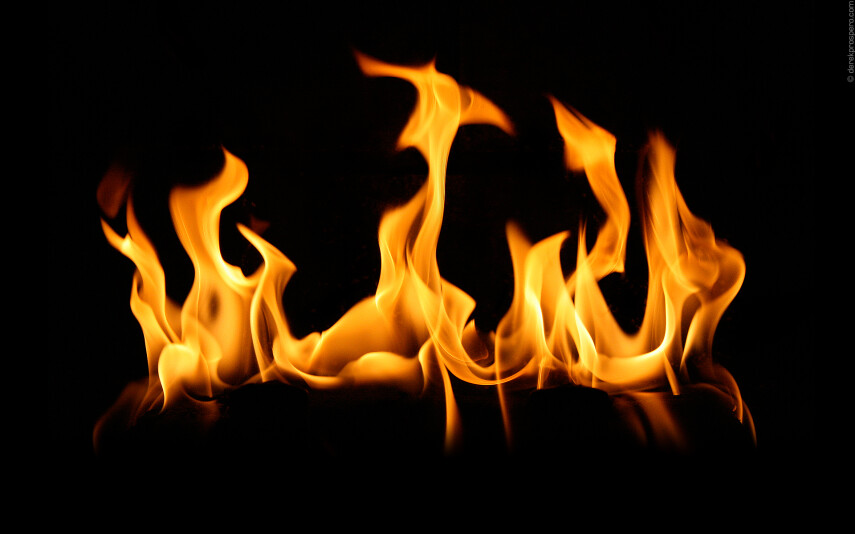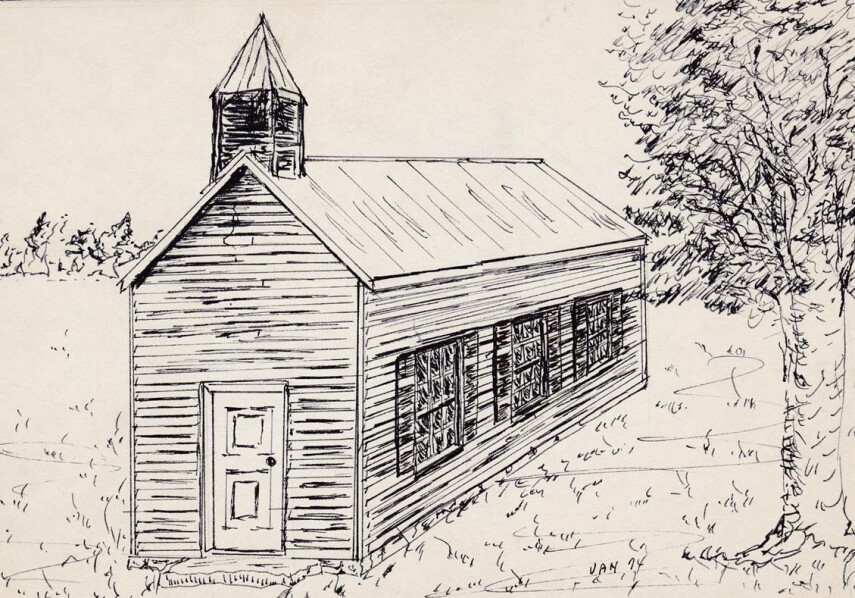Out of the Ashes

Powell's Chapel will celebrate its 141st anniversary in July 2016. This is fourth of a series of blog posts to highlight the rich history of Powell's Chapel and its impact on the local community.
On March 10, 1929, Powell’s Chapel Baptist Church faced its darkest hour. On that Sunday morning, the congregation prepared for Sunday School when a spark from the flue landed on the shingle roof and ignited the building.
According to newspaper reports, the fire fully engulfed the roof before anyone noticed it. The Home Journal in Murfreesboro reported that “Fifty or more people had gathered at the time for Sunday School and the furnishings and piano of the church were saved.” The church building burned to the ground. The congregation, however, vowed to continue meeting according to church spokesman Luther Vaughter.[1]
The building, constructed in 1927, boasted a handsome design with modern conveniences. According to the newspaper, “Powell’s Chapel church was one of the most attractive and best equipped country churches in the county. The congregation took an active interest in keeping the building and grounds in first-class shape.” Furnished with electric lights, the building was more modern than most rural churches of the time. Along with the destruction of the building, the church suffered a significant financial loss from the fire because the building was not insured.
Despite overwhelming obstacles, the congregation kept its commitment to Powell’s Chapel. One week after the fire on March 17, the Sunday School met at the Powell’s Chapel School for its regular session. Spencer Dillion Short, the Sunday School superintendent, read a letter sent to the congregation the day after the fire from the Jerusalem Cumberland Presbyterian Church located a mile away.
The letter stated that “The session of Jerusalem Church representing the membership wishes to express to the membership of Powell’s Chapel Church through me their sincere sorrow in the loss of your church and offers to you our building to be used as you desire and as much as you like.”
This gesture from the neighboring church greatly moved the congregation, which responded with its own letter “Resolved . . . with grateful hearts the kind expressions of sorrow and sympathy with us by the membership of Jerusalem Church and also to express as best we can in our feeble way the heartfelt thanks and appreciation to our neighbor church for their kind offer of their building for our use as long as we need it.” The deacons then announced that the preacher would preach at Jerusalem the next Sunday.
On the fourth Sunday of March, the members of Powell’s Chapel gathered at Jerusalem Church for an emotional service. Pastor S. P. DeVault delivered a sermon based on Nehemiah, chapters four through six, which detail the rebuilding of the wall of Jerusalem. One key verse in the chapters included the following encouragement to the congregation, “So we rebuilt the wall until the entire wall was joined together up to half its height, for the people had the will to keep working.” Throughout the next two decades, Powell’s Chapel Baptist Church answered the call from Nehemiah as they kept working despite the effects of the Great Depression and the hardships of World War II.
[1]“Powell’s Chapel is Destroyed by Fire,” The Home Journal (Murfreesboro, TN), March 12, 1929, 1.

